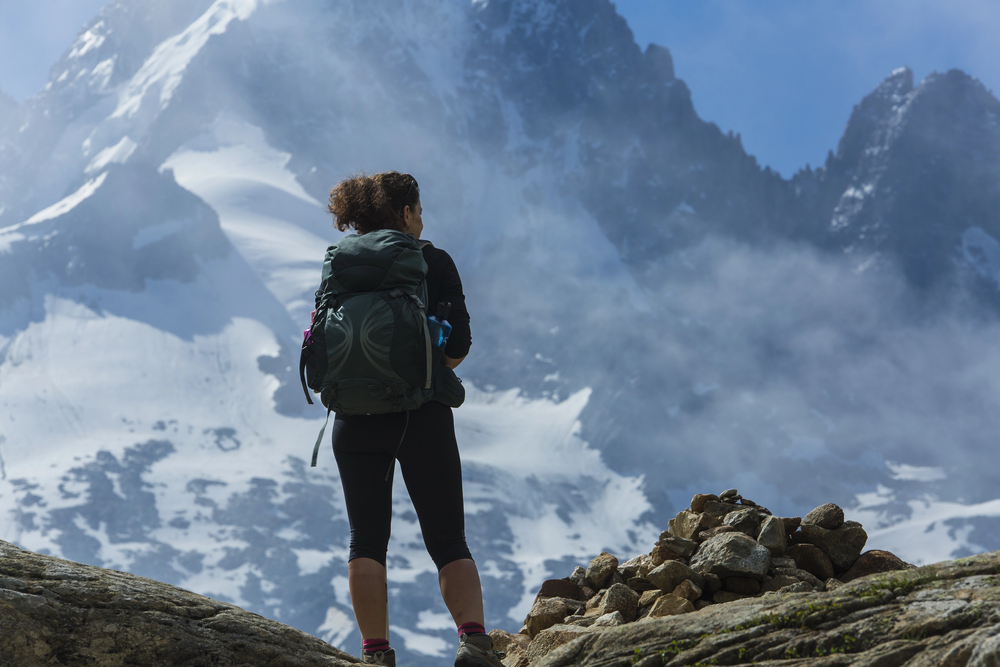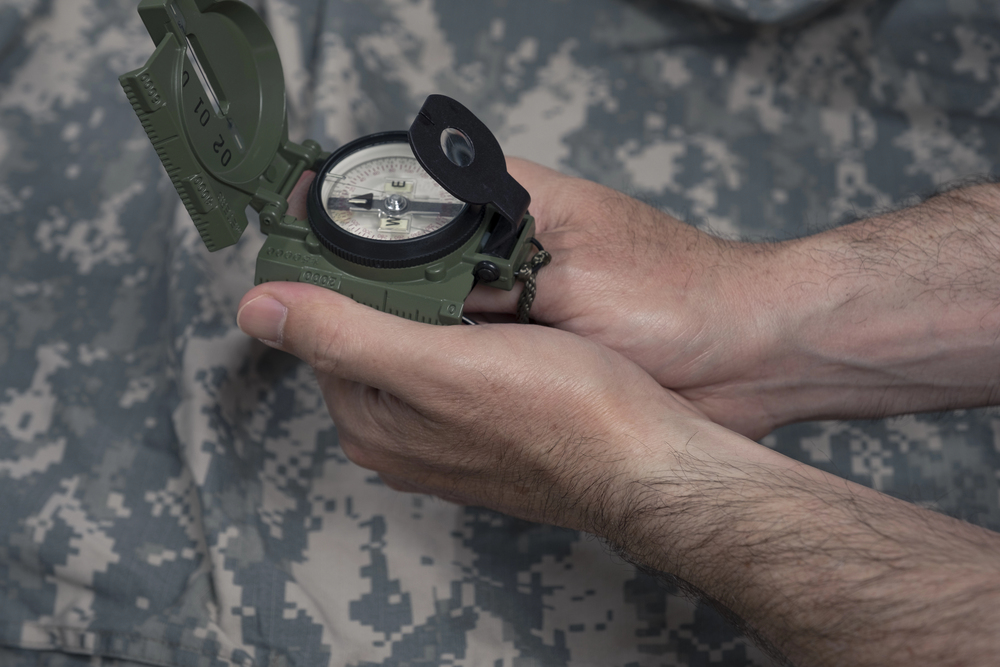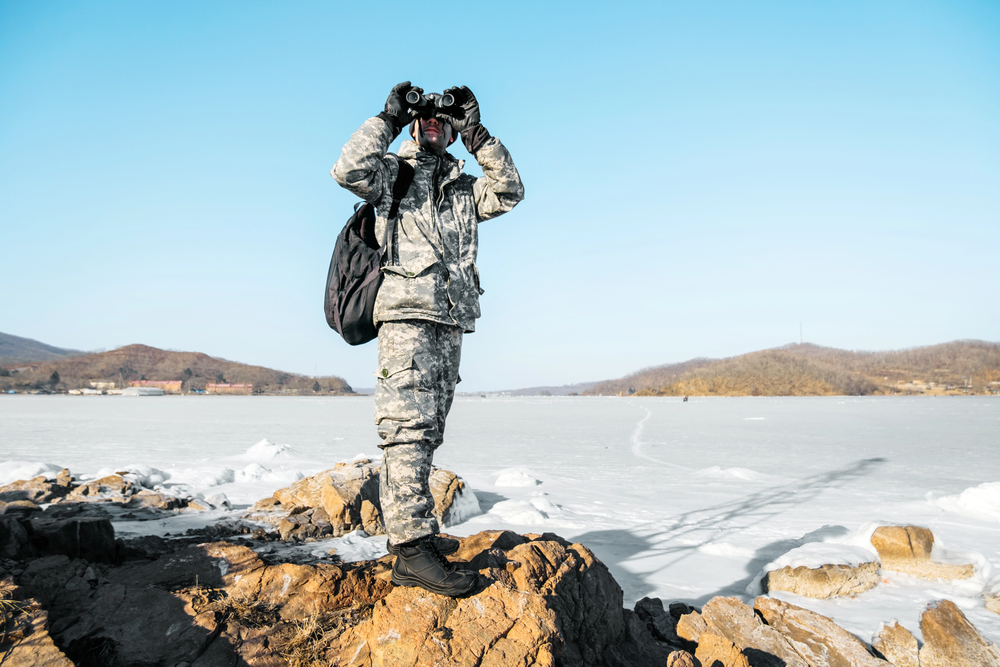Venturing into remote areas offers unparalleled opportunities for adventure and
discovery, but it also requires careful preparation and awareness. Whether planning
a trek through the wilderness or exploring an isolated village, understanding proper
protocols can distinguish between a memorable journey and a misadventure.
This guide outlines crucial practices to help you navigate remote travel safely and
respectfully.
Do’s: Route Planning

Always map out your intended path and share it with trusted contacts before
departure. Research the terrain thoroughly, including elevation changes and
potential hazards along your route.
Calculate estimated travel times between key points, accounting for rest breaks and slower progress in challenging conditions. Create backup routes in case primary paths become impassable. Document your planned itinerary with specific waypoints and expected check-in times.
Essential Gear Management

Bring comprehensive first-aid supplies tailored to your destination’s specific risks.
Carry multiple navigation methods, including maps, compasses, and GPS devices
with backup batteries.
Pack emergency shelter and enough food for at least 72 hours beyond your planned trip duration. Include basic repair tools for your equipment and appropriate clothing for extreme weather scenarios.
Maintain a supply of water purification methods.
Like Travel Pug’s content? Follow us on MSN.
Survival Skills

Before your journey begins, master fundamental wilderness survival techniques.
Practice navigation using traditional methods, such as map and compass reading.
Develop proficiency in first aid and emergency response protocols. Learn to identify
local hazards and edible plants specific to your destination. Understand basic
weather pattern recognition and prediction methods.
Weather Monitoring

Check detailed forecasts immediately before and throughout your journey. Understand how weather patterns affect your specific location and planned activities.
Learn to recognize warning signs of approaching severe weather. Maintain flexibility in your schedule to wait out dangerous conditions. Position your shelter to minimize exposure to weather-related hazards.
Wildlife Respect

Maintain appropriate distances from all wildlife encounters in remote areas. Store
food and scented items securely to avoid attracting animals to your camp.
Learn proper behavior for encounters with local predator species. Photograph wildlife only from safe distances using appropriate lenses.
Report unusual wildlife behavior to local authorities when possible.
Like Travel Pug’s content? Follow us on MSN.
Communication Strategy

Establish regular check-in protocols with contacts in populated areas. Carry multiple
signaling devices for emergencies.
Learn basic hand signals for group communication in challenging conditions. Maintain a communication log documenting your progress and location.
Create an emergency response plan with your support team.
Group Cohesion

Keep your group within sight and sound of each other while traveling. Establish clear
protocols for regrouping if separation occurs.
Maintain regular headcounts during movement and rest periods. Position stronger members to support less experienced travelers. Create buddy systems for increased safety during activities.
Equipment Maintenance

During your journey, regularly inspect all gear for damage or wear. Practice basic
repairs before they become necessary in remote locations.
Clean and dry equipment properly between uses. Test all safety equipment before relying on it. Carry essential spare parts for crucial gear.
Like Travel Pug’s content? Follow us on MSN.
Cultural Awareness

Research customs and traditions before entering remote communities. Learn basic
greetings and essential phrases in local languages.
Understand appropriate clothing and behavior standards. Respect religious and cultural sites encountered during travel.
Prepare appropriate gifts or compensation for local assistance.
Resource Management

Monitor the consumption of essential supplies throughout your journey. Document
usage patterns to improve future trip planning.
Maintain detailed records of fuel, food, and water supplies. Regulate resource usage based on distance from resupply points. Create contingency plans for resource shortages.
Don’ts: Solo Adventures

Avoid embarking on remote adventures alone, as isolation amplifies risks. Solo
travelers lack backup support during emergencies or equipment failures.
Having no one to cross-reference navigation decisions increases the chance of getting lost. Medical incidents become far more dangerous without assistance nearby.
The psychological impact of complete solitude can impair judgment in critical situations.
Like Travel Pug’s content? Follow us on MSN.
Technology Dependence

Never depend solely on electronic devices for navigation or communication in
remote areas. Phone signals become unreliable or nonexistent beyond civilization’s
reach.
Battery life diminishes faster in extreme temperatures and harsh conditions. Solar chargers may fail during extended periods of bad weather. Digital equipment can malfunction when exposed to moisture, dust, or impacts.
Local Knowledge

Never dismiss warnings or guidance from area residents and authorities. Local
knowledge about weather patterns, wildlife behavior, and terrain hazards proves
invaluable.
Disregarding seasonal recommendations can place you in dangerous situations. Cultural insensitivity can create unnecessary conflicts in remote communities. Bypassing traditional protocols may restrict access to essential local support.
Physical Limitations

Avoid exceeding your physical capabilities or technical skill level in remote locations.
Exhaustion leads to poor decision-making and increases accident risks.
Attempting challenges beyond your expertise can create dangerous situations for your entire group. Recovery resources remain limited or nonexistent in remote areas, and
overextension compromises your ability to handle unexpected emergencies.
Like Travel Pug’s content? Follow us on MSN.
Environmental Impact

Never leave trash or alter the natural environment during your visit. Avoid creating
new trails or disturbing vegetation unnecessarily.
Pack out everything you bring into remote areas. Minimize impact on water sources and camping areas. Respect archaeological sites and cultural artifacts encountered during your journey.
Hasty Choices

Avoid making hasty choices when faced with challenges in remote areas. Quick
decisions often overlook important safety considerations in unfamiliar environments.
Rushing through technical sections increases accident risks. Fast-paced travel
reduces awareness of surrounding hazards. Hurried navigation leads to orientation
errors.
Distance Calculations

Never minimize the challenges of covering ground in remote terrain. Distance
calculations must account for elevation changes and obstacle navigation.
Travel speeds decrease significantly in unfamiliar or technical terrain. Factor in additional time for navigation checks and rest stops. Remote areas often lack obvious
reference points for progress tracking.
Like Travel Pug’s content? Follow us on MSN.
Safety Protocols

Never bypass regular safety protocols regardless of schedule pressures. Equipment
failures in remote areas create serious hazards. Skipping rest breaks leads to
fatigue-related accidents.
Rushed safety checks miss crucial details. Regular equipment inspection prevents serious failures.
Preparation Requirements

Never enter remote areas without proper training and equipment. Lack of preparation
creates unnecessary risks for yourself and potential rescuers.
Inadequate supplies force dangerous improvisations. Insufficient knowledge leads to poor decision- making. Unpreparedness strains local emergency resources.
Instinct Awareness

Never dismiss gut feelings about potentially dangerous situations. Uncomfortable
sensations often indicate subconscious awareness of hazards.
Pushing through serious doubts leads to regrettable decisions. Internal warnings deserve careful consideration in remote settings. Ignoring instincts removes an important safety mechanism.
Like Travel Pug’s content? Follow us on MSN.
Smart Planning Ensures Safe Adventures

Remote travel demands respect, preparation, and continuous awareness of one’s
surroundings. Following these guidelines helps ensure that one’s journey remains
safe and enjoyable while preserving these special places for future explorers.
Successful remote travel combines thorough preparation with flexible adaptation to
changing conditions. Your adventures await – stay safe out there.
More from Travel Pug

- 15 Dangerous European Cities to Avoid
- 15 Caribbean Islands Where Tourists Keep Getting Scammed
- The 20 Most Fascinating Abandoned Places: A Journey Through Time and Forgotten Spaces
- 15 Hidden Places in the Smithsonian Museums Locals Love: A Guide to Lesser-Known Treasures
- 16 Hidden Florida Beach Towns That Aren’t Overrun with Tourists
Like Travel Pug’s content? Follow us on MSN.
